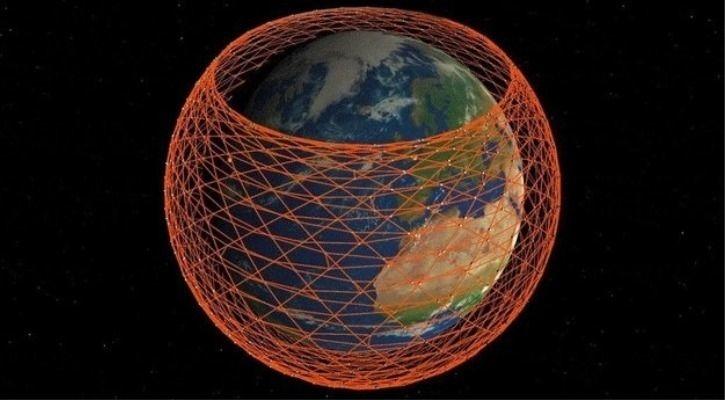Earlier today, SpaceX was expected to deploy a number of microsatellites as part of its Starlink network that will bring high-speed Internet to the entire world. Unfortunately, it was called off at the last minute due to unfavorable weather conditions.
The private space company was all set to launch 60 of its satellites into orbit earlier this morning, on board their Falcon 9 rocket. However, just 15 minutes before the launch from the Cape Canaveral Air Force Station in Florida, the launch was scrubbed due to strong upper-altitude winds. SpaceX says it will attempt another launch at the same time tomorrow morning.
The mission will be the first major launch for the Starlink project. If it’s completed, the initiative will consist of 12,000 microsatellites spanning the globe in the next eight years, forming a network. These will then be used to beam down low-cost, high-speed Internet to even remotely located communities.
The whole project is reportedly costing SpaceX something in the region of $10 billion.
The first sub-goal is to launch 4,425 satellites into low-Earth orbit at an altitude of between 1,110 km to 1,325 km. These will be the core of Starlink’s network. After that, an additional 7,518 satellites will be deployed at a lower orbit of between 335 km and 346 km. Their main job will be to boost the network capacity and reduce latency in densely populated areas.
The FCC only recently provided SpaceX with updated permissions for the project, and the company is expected to launch all its satellites by 2027. So far though, they’ve only launched two as part of two separate test runs. This launch is the official beginning of Phase 1.
SpaceX isn’t competing alone either. Other companies like Facebook, Amazon, and OneWeb are also trying to set up Internet satellites of their own. Whether they end up coming out on top though is anyone’s guess.
RELATED: China encourages space exploration among younger generation










